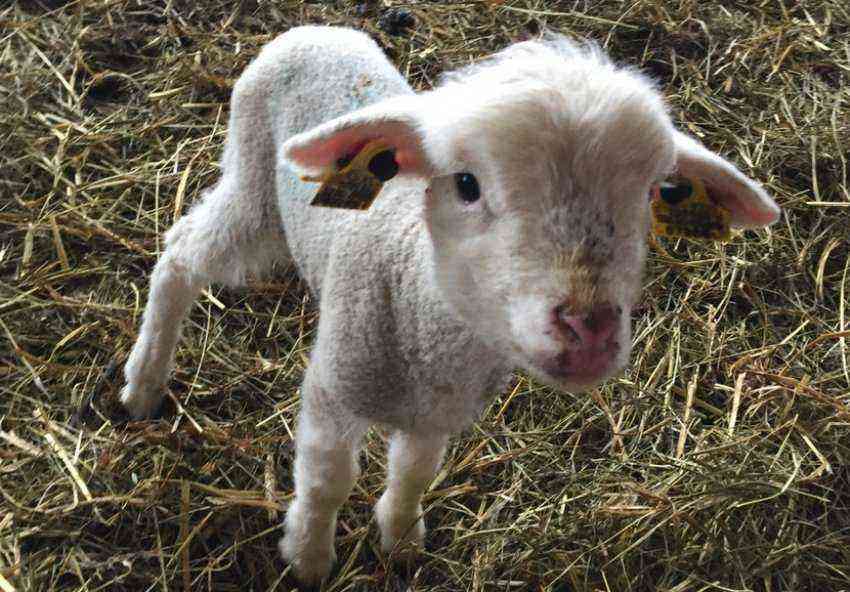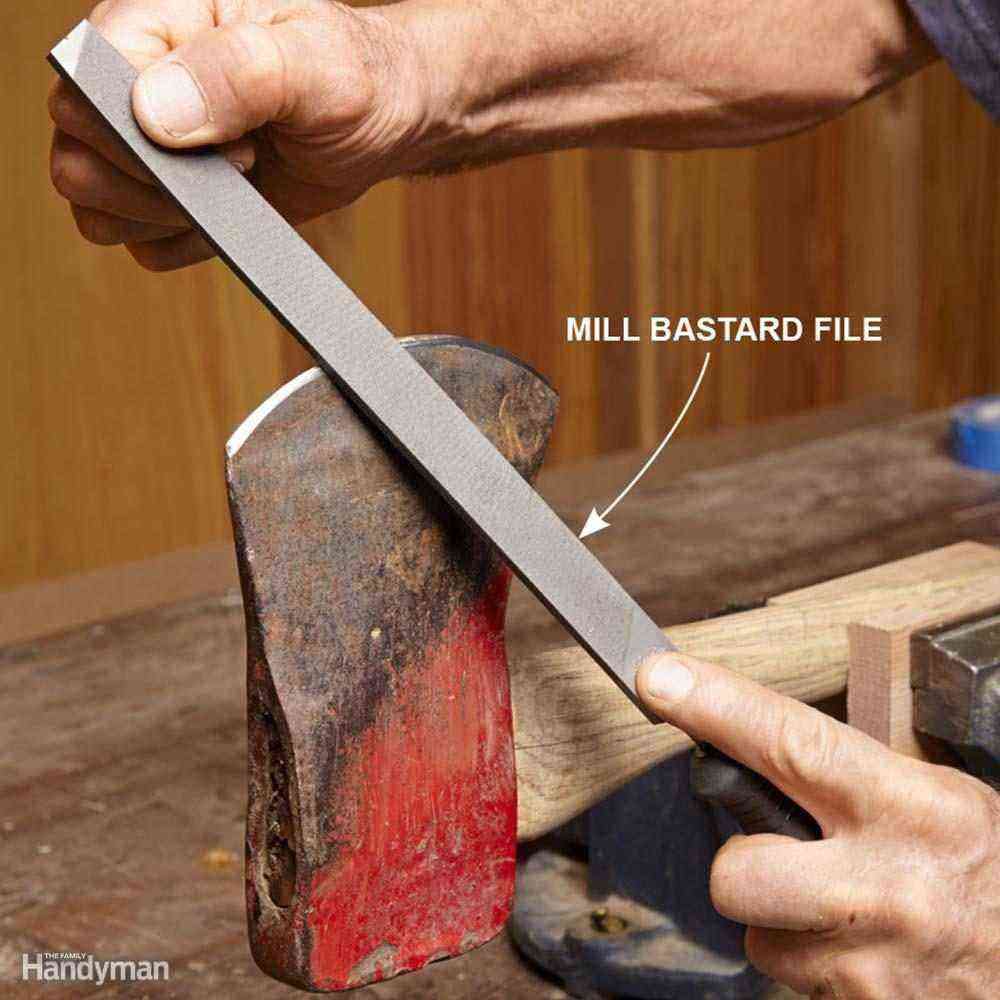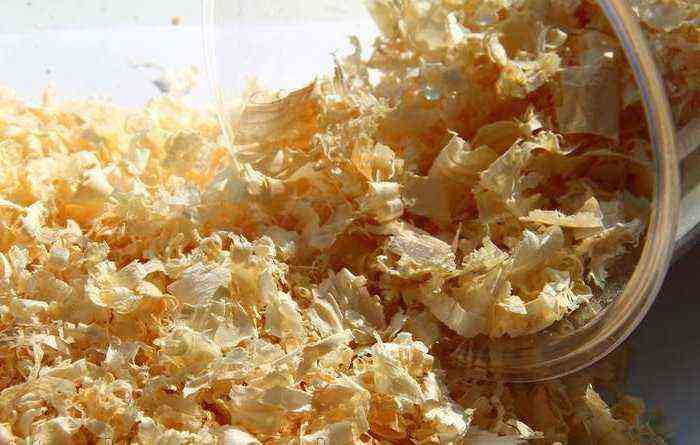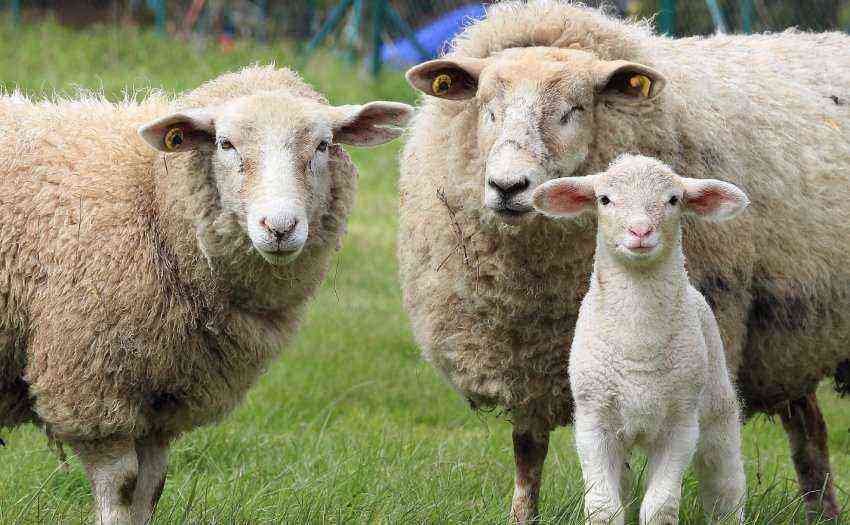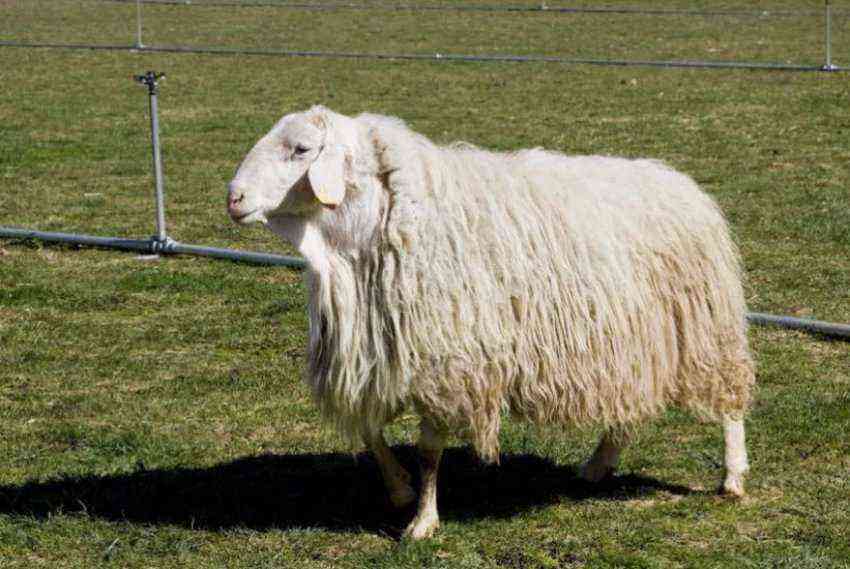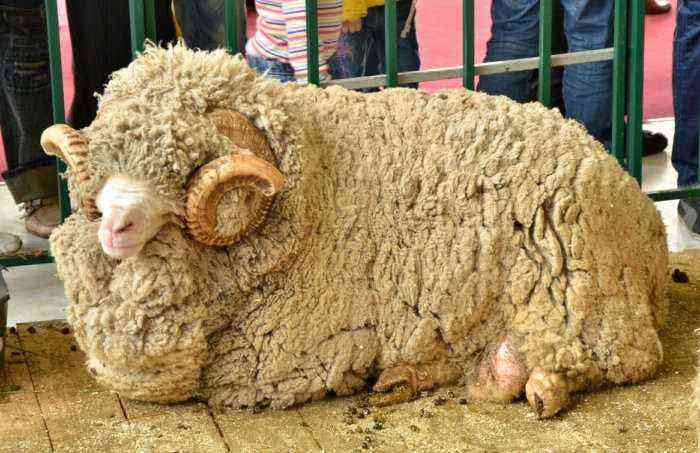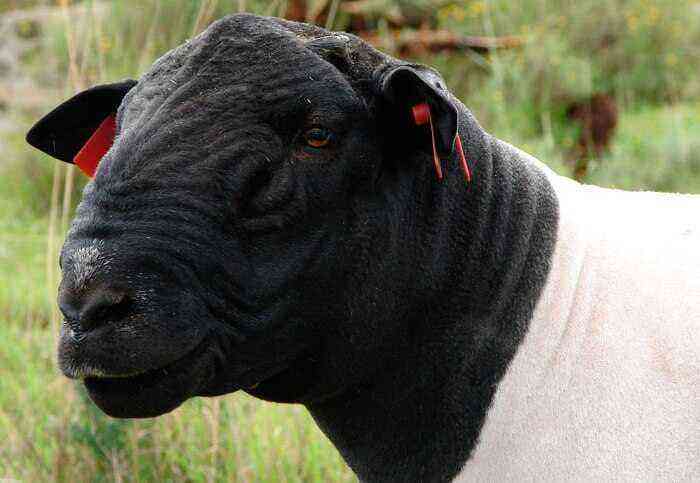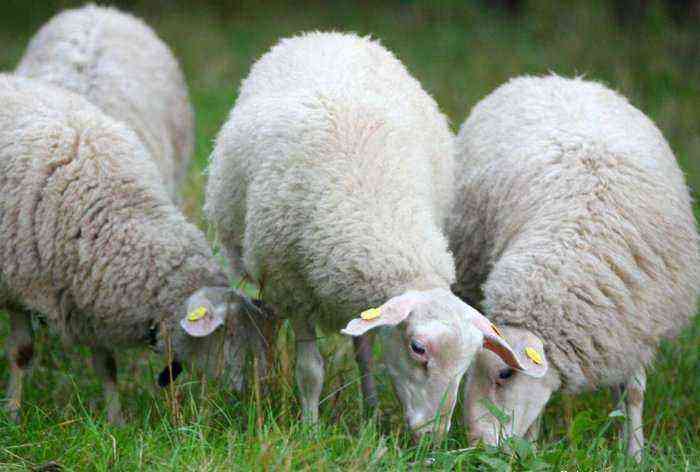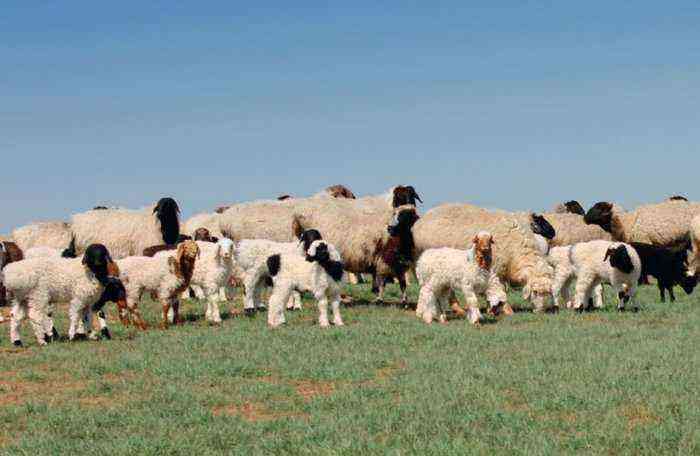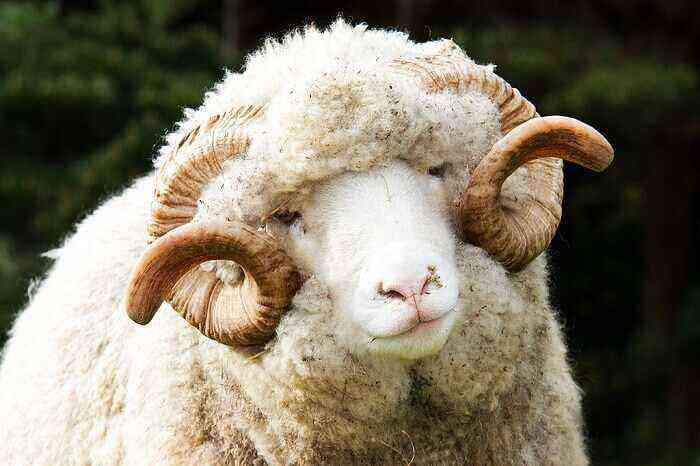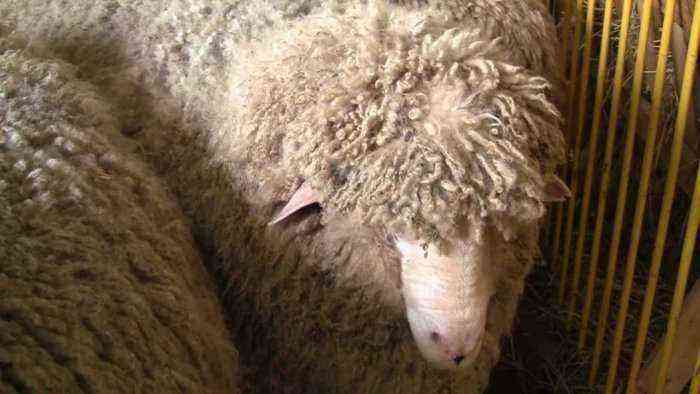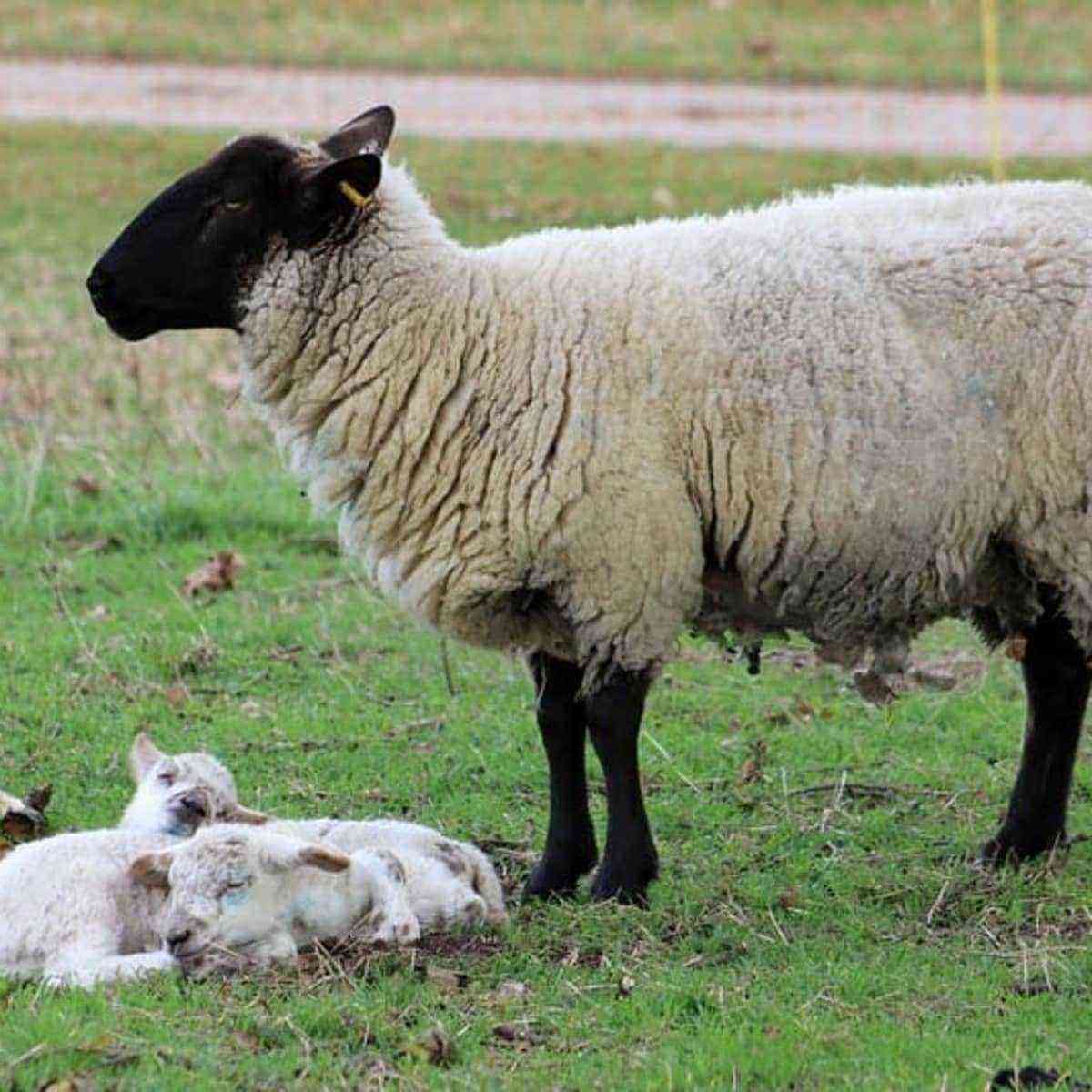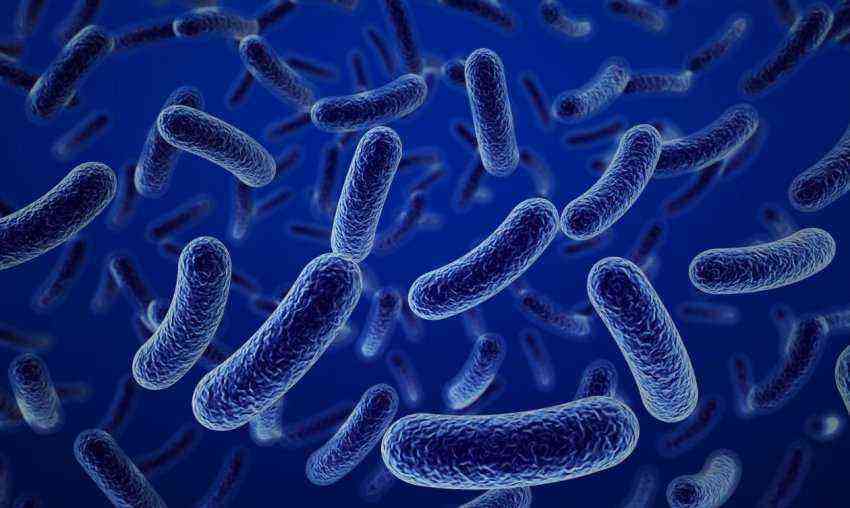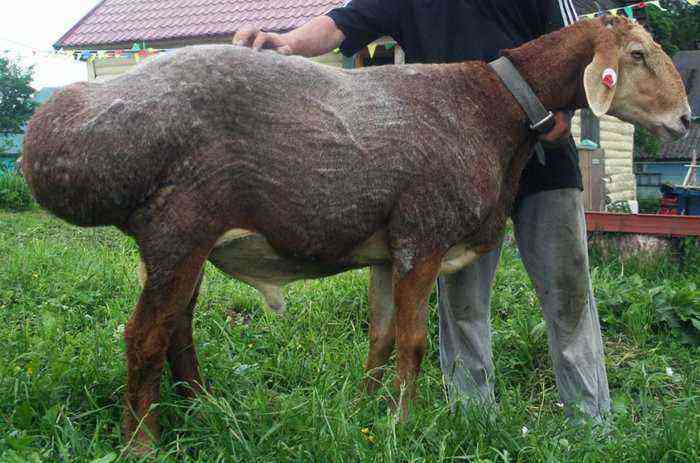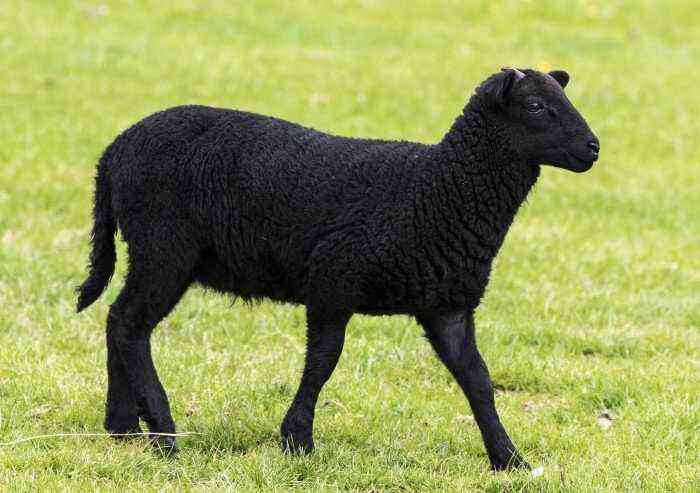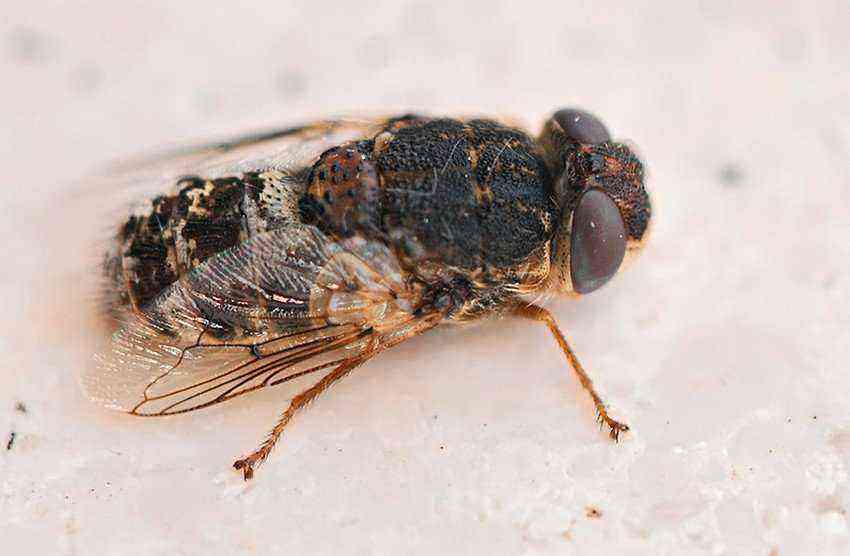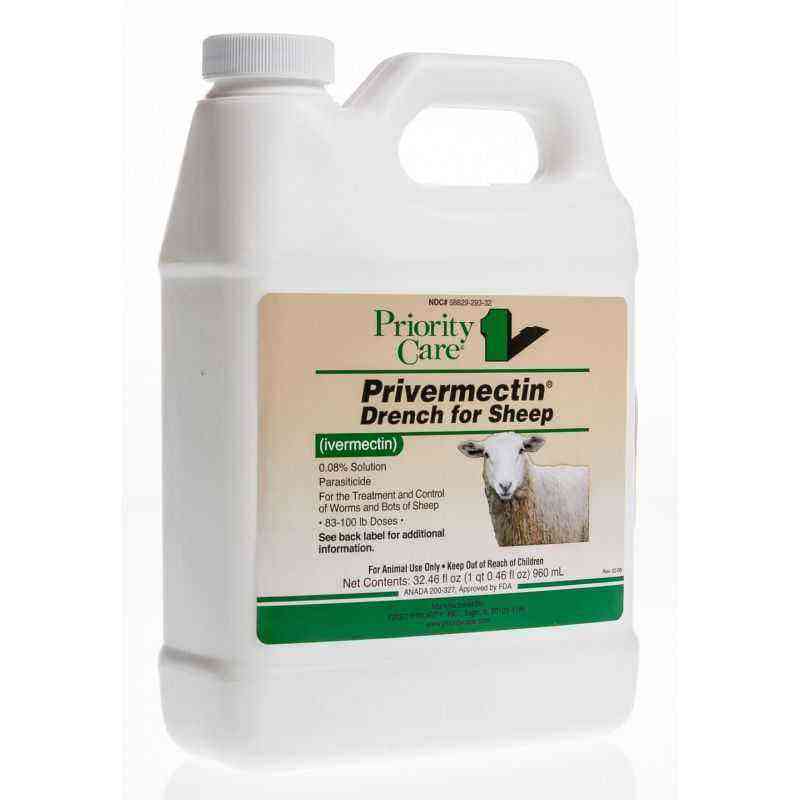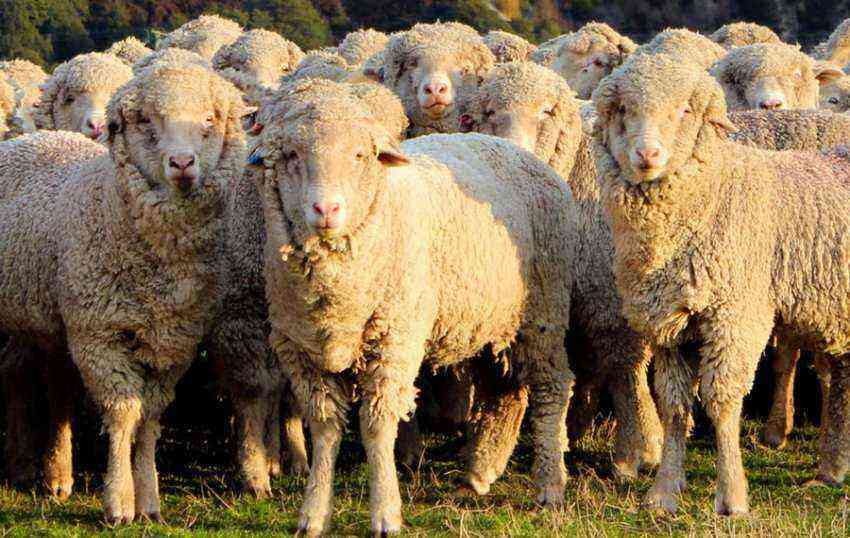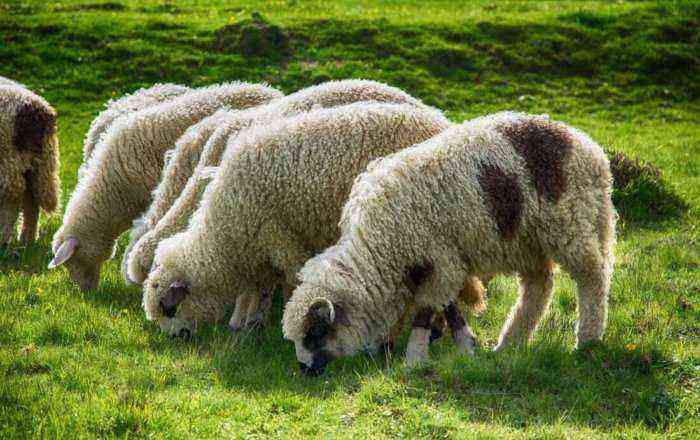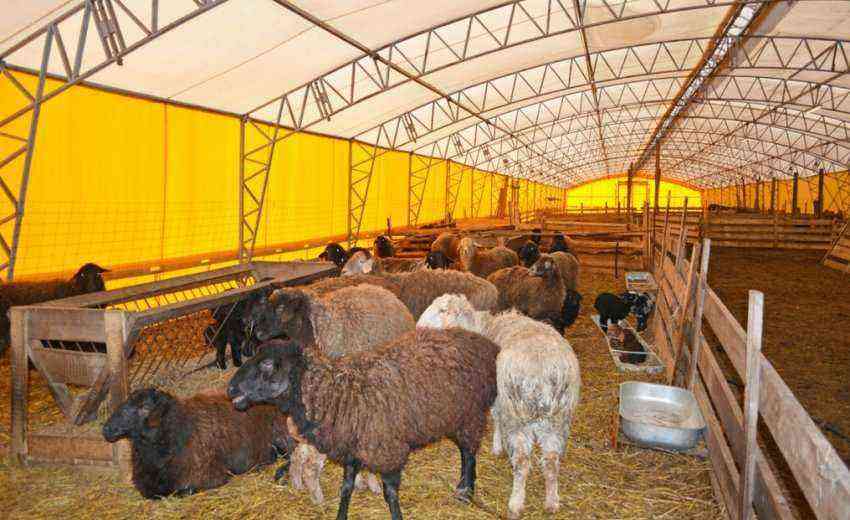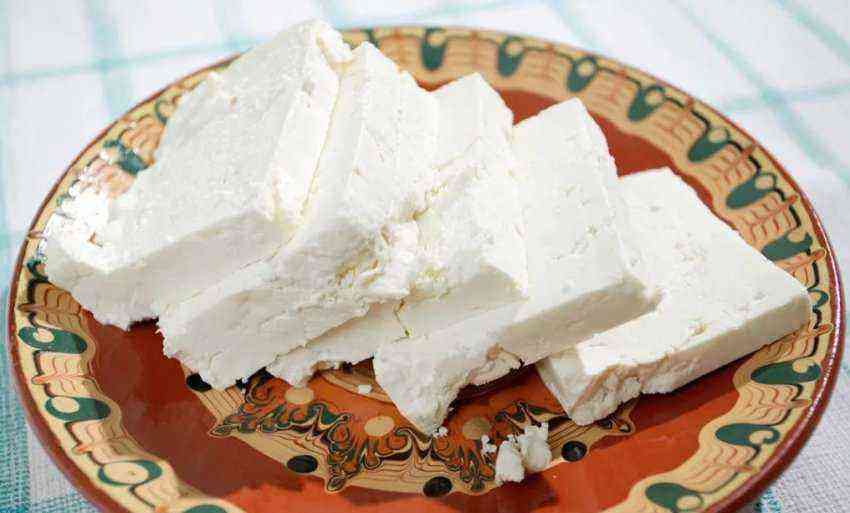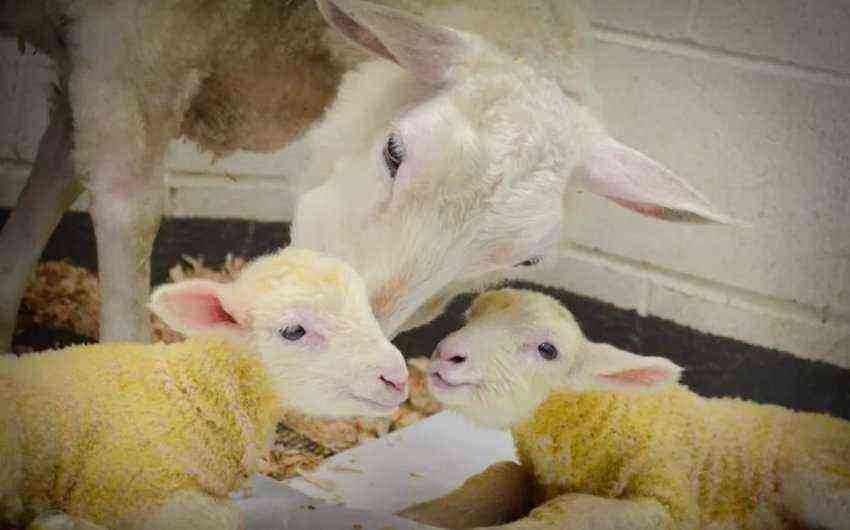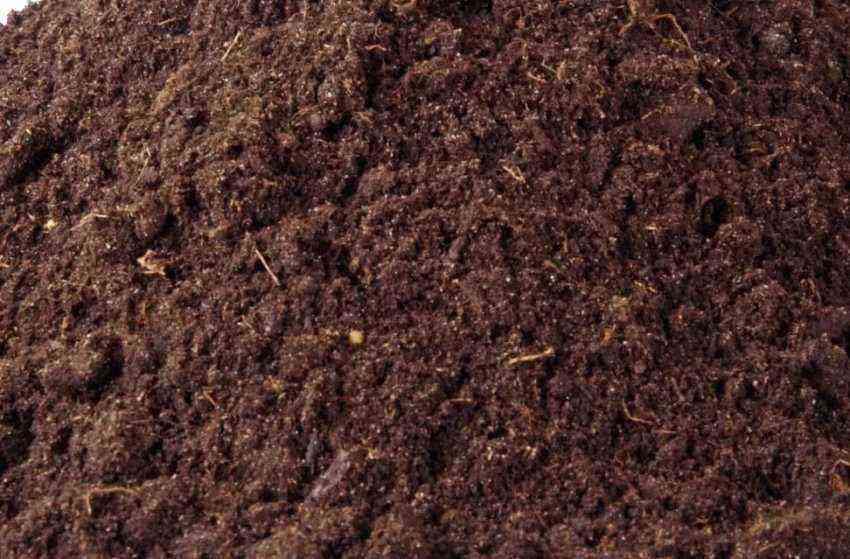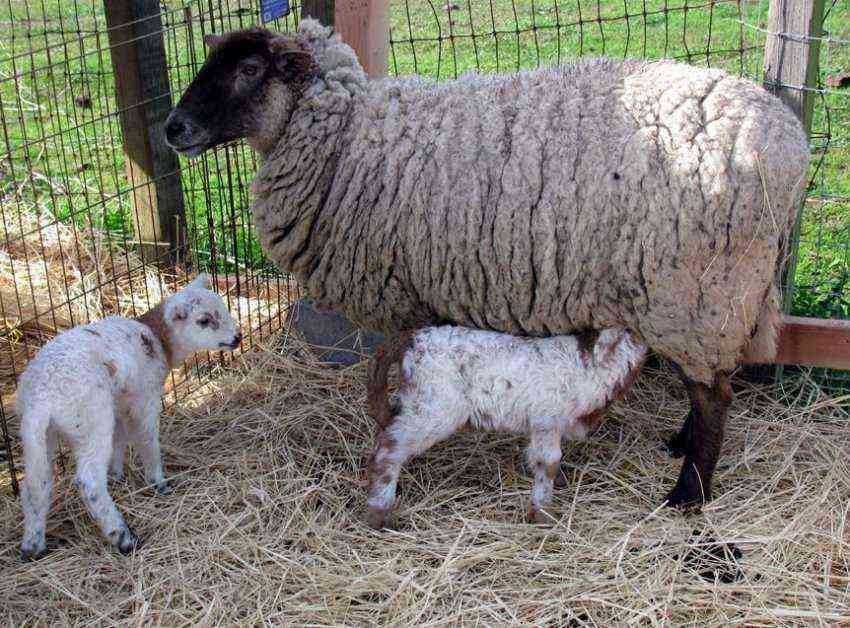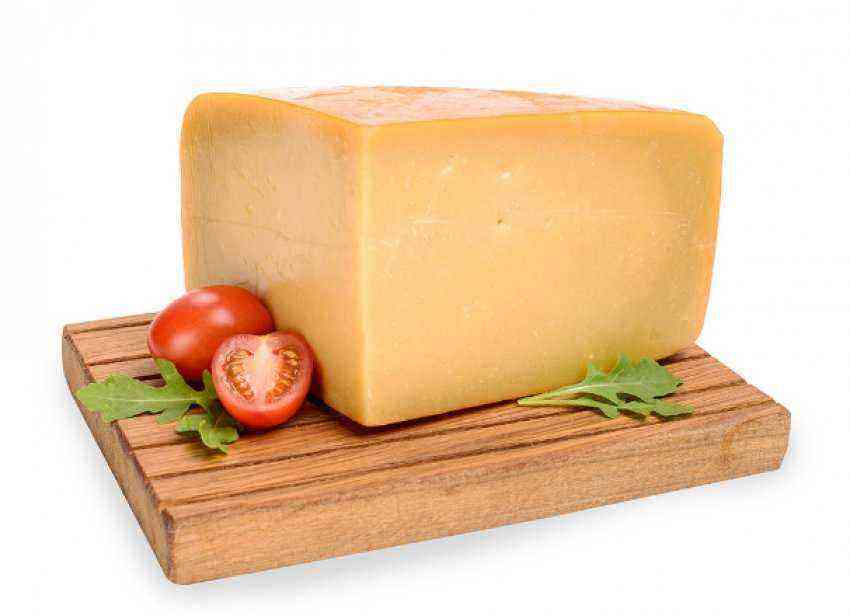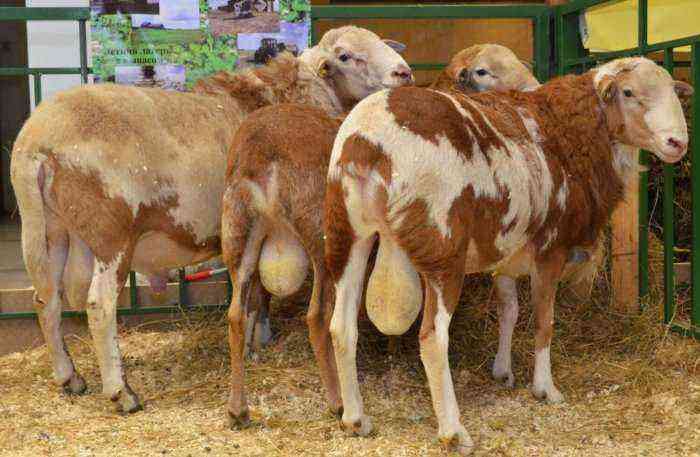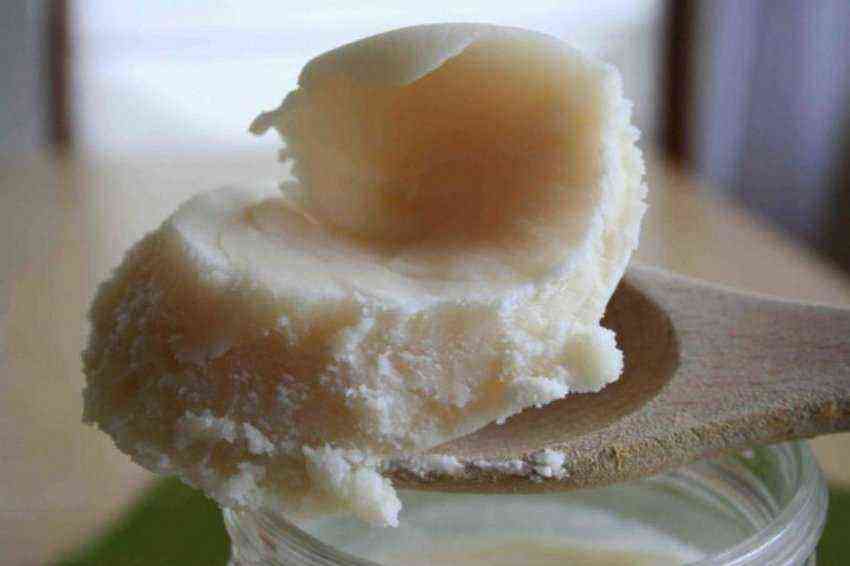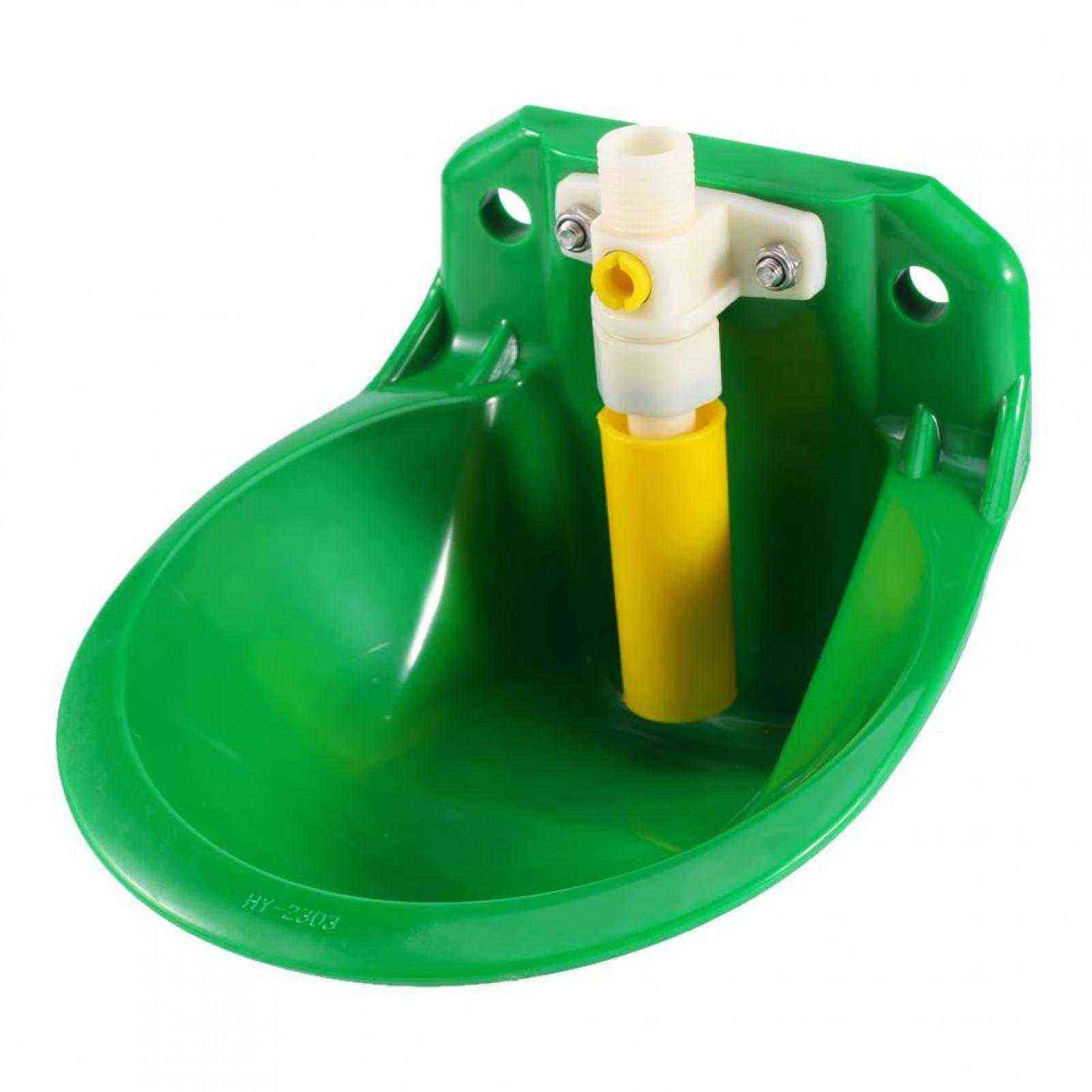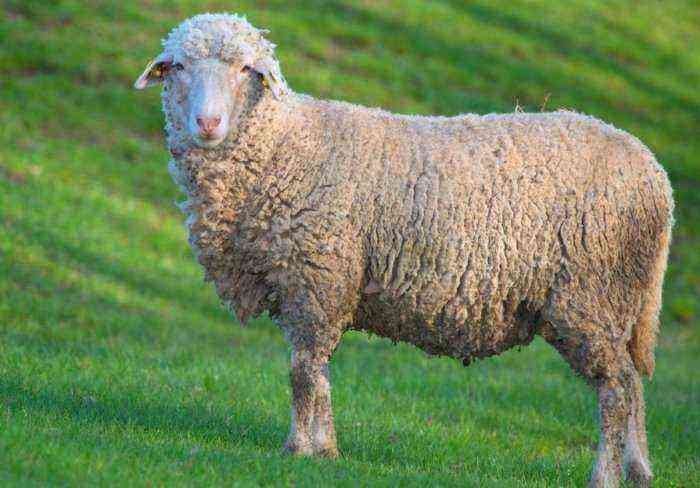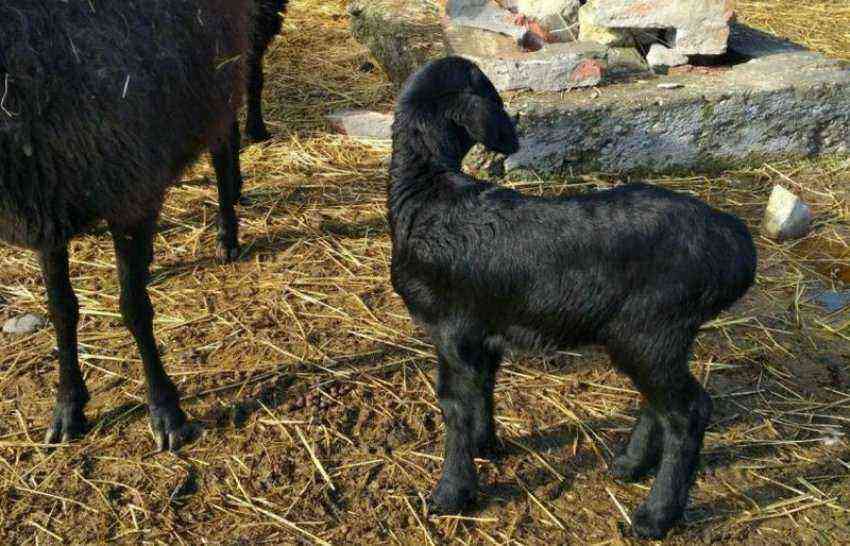Noticing that sheep are losing wool, it is important for the farmer to figure out what caused this. The causes of hair loss in these animals are not always harmless, as is the case with molting. Sometimes the loss of fluff and its eating is associated with serious metabolic disorders and other health pathologies.
Sheep baldness
Causes of hair loss
Sheep shedding most often occurs during shedding. This is a natural process of renewal of down and hair. There are several types of molting:
- Seasonal. She comes in the spring. At this time, there is a loss of fluff and hairs – the old woolen layer is gradually replaced by a new one. By autumn, the coat is completely renewed.
- Age. This type of molting occurs only in small lambs. Animals lose coarse hairs called pesiga, instead of which soft down gradually grows.
- Non-periodic (permanent). This type of molting occurs almost imperceptibly to the farmer. It is characterized by the replacement of obsolete hairs. This process occurs constantly, it does not depend on the age of the animal or the time of year.
- Pathological. In this case, wool loss is caused by various health pathologies in the sheep.
The natural renewal of the coat does not require human intervention. If hair loss has nothing to do with the age of the animals and the change of seasons, then the farmer should find out what caused it. Consider the main causes of wool loss in sheep that are not related to natural molting:
- stressful situations;
- metabolic disorders;
- lack of vitamins and nutrients in the body of animals;
- skin diseases such as scabies.
Violation of metabolic processes and lack of nutrients and vitamins in most cases is accompanied by hair loss. In this case, there may be signs of beriberi, and various diseases develop, for example, ketosis, enzootic ataxia and other pathologies.
Sheep scabies
Scabies is a parasitic disease caused by mites. Several types of mites can parasitize on the skin of sheep. Depending on the type of pathogen, there are 3 types of scabies:
- psoroptosis;
- chorioptosis;
- sarcoptic mange.
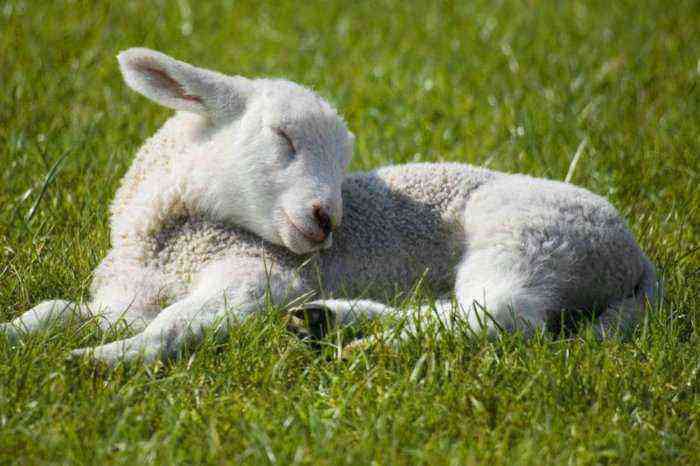
Scabies in sheep
The symptoms of the three diseases are similar. Parasitic mites are introduced into the skin of animals and carry out their activities there. Some types of pathogens feed on exfoliated skin flakes, others on the blood of animals. In any case, they cause anxiety to the sheep in the form of severe itching. Scabies is most common among sheep in winter. This is due to a decrease in the immunity of animals during this period. The signs of scabies infection are as follows:
- sheds the wool of the sheep;
- animals lose their appetite;
- sheep rub against objects – inventory, feeders, because they feel itchy;
- in places where bald spots have formed, scratches and crusts appear.
Scabies is dangerous not only because of the risk of penetration into the skin of a secondary infection, but also because of intoxication of the body. In addition, sick individuals suffer from exhaustion, because ticks feed on their blood.
Attention! Finding the symptoms of scabies, you need to urgently invite a veterinarian. If treatment is not started on time, the animal may die.
Why do sheep eat each other’s wool?
Farmers often notice that sheep eat the wool of their own or neighboring relatives. Some believe that this behavior of animals is associated with their infection with helminths. However, worms have nothing to do with it. Sheep eat wool when their body lacks vitamins, trace elements or minerals.
Lambs sometimes eat their mothers’ wool. This happens if the babies cannot properly attach to the udder due to the fact that it is almost completely covered with down. Another reason why lambs eat wool is a disease called bezoar disorder. It occurs due to a lack of nutrients in sheep during pregnancy and after lambing, as well as due to a violation of the technology of feeding young animals.
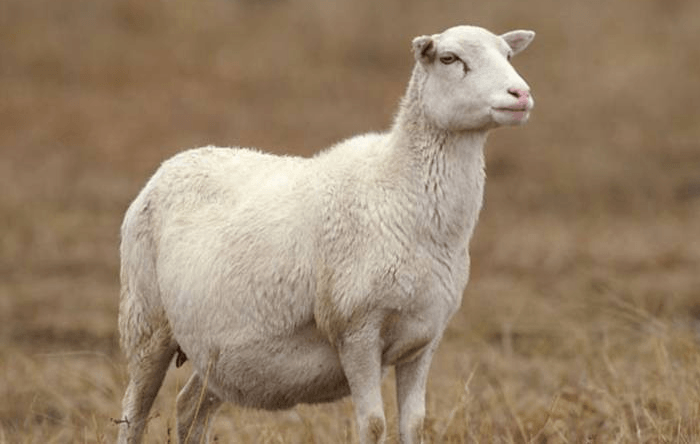
Sheep during pregnancy
As a result, the lambs develop a perverted appetite – they eat their mothers’ wool, contaminated with droppings and urine, and also eat the earth.
Attention! Eating wool by sheep is a sign of a lack of vitamins, minerals or trace elements in the animal body. This alarming symptom should not be ignored.
Treatment
Noticing that the sheep are going bald, but this process is not associated with natural molting, you need to invite a veterinarian to examine the animals and diagnose their condition. A sick individual, just in case, should be separated from the flock so as not to expose healthy individuals to infection with scabies. A veterinarian will make a diagnosis based on skin scrapings of a sick individual. If it turns out that one of the types of mites is the cause of hair loss, appropriate treatment will be prescribed.
Scabies is a contagious disease. In order not to endanger the rest of the individuals, it is necessary to disinfect the inventory and change the litter in the pen. For treatment, acaricidal preparations are used in the form of solutions or ointments:
- Neocidol;
- Creolin;
- Hexachlorane.
Attention! A good therapeutic effect is achieved with the introduction of an injection of Ivermek. The drug is administered twice with a frequency of 10-14 days.
Before treating the skin with acaricides, it is necessary to soften and remove the crusts, otherwise the treatment will be ineffective. Processing is carried out several times every 10 days. Such a scheme allows you to destroy adult parasites, and after a while, those individuals that hatch from tick eggs.
If the hair loss in tufts is caused by non-skin parasites, which the test confirms, the veterinarian will recommend improving the nutrition of the sheep. Perhaps additional research will be needed, thanks to which it will be possible to establish the type of beriberi or other health pathologies. In this case, sick animals will be prescribed vitamin-mineral complexes and other medicines. If animals eat their own and other sheep’s wool, then their diet is poor and needs to be corrected. Special mineral licks will help solve the problem. They are placed in a pen so that the animals can make up for the lack of copper, zinc, magnesium and other substances in a timely manner.
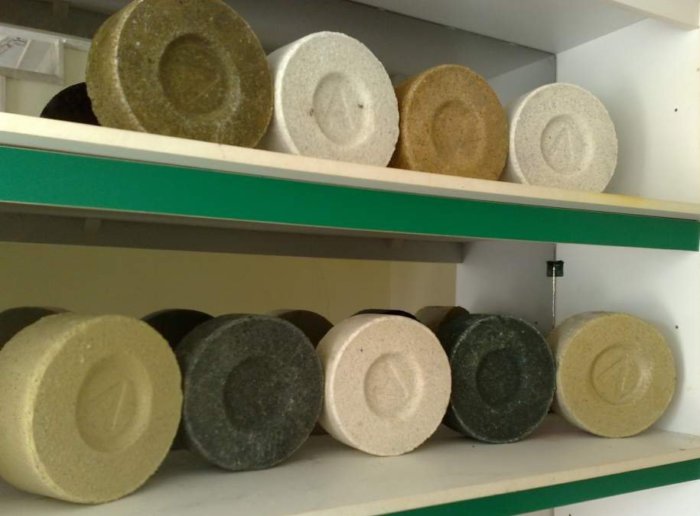
mineral licks
The treatment of bezoar disease is complex. Sick lambs are separated from the mother, she is brought to the babies only for feeding. The success of therapy depends on the correct formulation of the diet for animals. It should be diversified. The menu of lambs must include:
- cow’s milk (up to 200 ml per day);
- hay flour;
- herbal flour;
- branch feed;
- needles;
- yeast.
A temporary cessation of eating wool by lambs can be achieved by giving them 7-10 drops of iodine dissolved in water or milk for several days. Treatment of bezoar disease includes the use of sulfanilamide, cardiac drugs and vitamin complexes.
Attention! Lambs that are planned to be used for the tribe have bezoars removed surgically.
Wool loss in sheep, not associated with molting, is a symptom that cannot be ignored. It can indicate serious health pathologies. The farmer should pay special attention to animals that eat wool. Perverted appetite develops against the background of a lack of vitamins and microelements or is a sign of bezoar disease in lambs.

